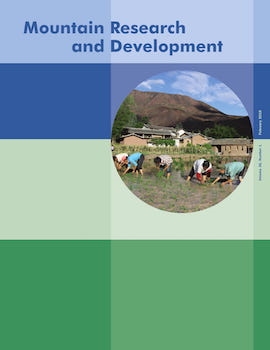Kenyan river basin governance underwent a pioneering reform in the Water Act of 2002, which established new community water-management institutions. This article focuses on community water projects in the Likii Water Resource Users Association in the Upper Ewaso Ng’iro River basin on Mount Kenya, and the extent to which their features are consistent with Ostrom’s design principles of natural resource management. Although the projects have developed solid institutional structures, pressures such as hydroclimatic change, population growth, and water inequality challenge their ability to manage their water resources. Institutional homogeneity across the different water projects and congruence with the design principles is not necessarily a positive factor. Strong differences in household water flows within and among the projects point to the disconnection between apparently successful institutions and their objectives, such as fair and equitable water allocation.
How to translate text using browser tools
1 February 2016
Community Water Governance on Mount Kenya: An Assessment Based on Ostrom’s Design Principles of Natural Resource Management
Jampel Dell’Angelo,
Paul F. McCord,
Drew Gower,
Stefan Carpenter,
Kelly K. Caylor,
Tom P. Evans
community-based water management
household water flow
institutional fit
Kenya water reform
Mountain water governance
Ostrom’s 8 design principles





